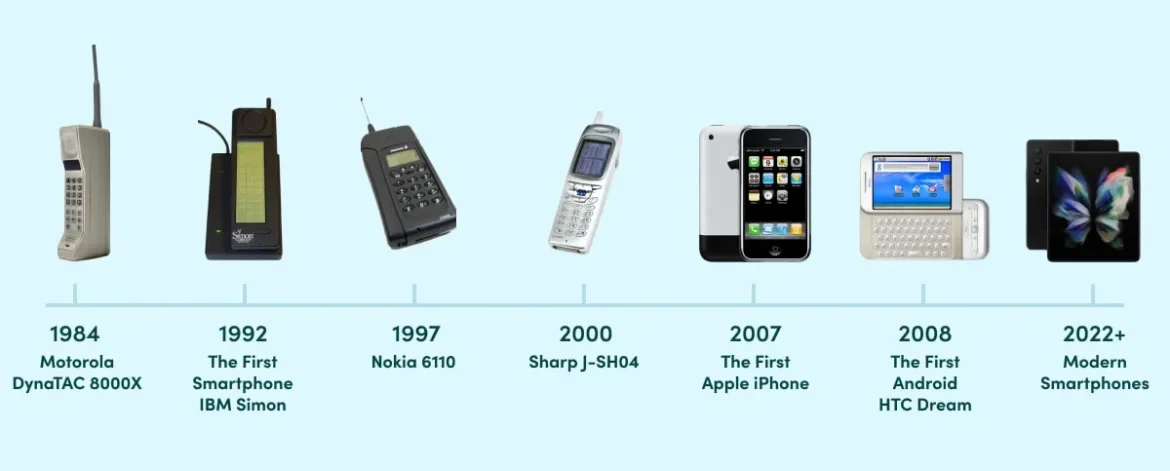In the past few decades, smartphones have revolutionized the way we communicate, work, and entertain ourselves. What started as a simple device for making calls and sending texts has evolved into a powerful pocket-sized computer capable of endless possibilities. From high-resolution cameras and advanced gaming capabilities to AI-powered assistants and biometric security features, smartphones have become an indispensable part of our daily lives.
Current Trends in Smartphone Technology
As technology continues to advance at a rapid pace, smartphones are constantly improving and adapting to meet the demands of users. Some of the current trends shaping the evolution of smartphones include:
5G Connectivity: The rollout of 5G networks promises faster download speeds and lower latency, opening up new possibilities for mobile applications and services.
Foldable Displays: Foldable smartphones like the Samsung Galaxy Fold and Motorola Razr are pushing the boundaries of design and functionality, offering a larger screen in a compact form factor.
Improved Camera Technology: Smartphone cameras have become more sophisticated, with multiple lenses, AI-enhanced features, and computational photography techniques for professional-quality photos and videos.
Biometric Security: Face recognition and in-display fingerprint sensors are becoming standard features on smartphones, providing secure and convenient authentication options for users.
What’s Next for Smartphones?
So, what can we expect to see in the future of smartphone technology? Here are some exciting possibilities:
1. Augmented Reality (AR) and Virtual Reality (VR)
AR and VR technologies have the potential to transform the way we interact with our smartphones, creating immersive experiences for gaming, shopping, education, and more. As hardware and software continue to improve, we can expect to see more AR and VR applications on smartphones in the near future.
2. Artificial Intelligence (AI) Integration
AI-powered features like voice assistants, predictive text, and personalized recommendations have already become common on smartphones. In the future, we can expect AI to play an even bigger role in optimizing performance, enhancing user experience, and automating tasks on smartphones.
3. Wearable Technology Integration
Smartphones may become more integrated with wearable devices like smartwatches, fitness trackers, and augmented reality glasses. This seamless connectivity could enable new ways of interacting with our devices and accessing information on the go.
4. Sustainable and Eco-Friendly Design
With growing concerns about the environmental impact of electronic waste, smartphone manufacturers are exploring ways to create more sustainable and eco-friendly devices. This could include using recyclable materials, reducing energy consumption, and implementing eco-friendly manufacturing processes.
5. Enhanced Security and Privacy Features
As smartphones store more personal and sensitive information, security and privacy have become top priorities for users. Future smartphones may offer enhanced security features like blockchain technology, secure hardware elements, and advanced encryption to protect user data from cyber threats.
Conclusion
The evolution of smartphones has been a remarkable journey, and the future holds endless possibilities for innovation and advancement. From cutting-edge technologies like AR and AI to sustainable design and enhanced security features, the next generation of smartphones is set to redefine the way we engage with digital technology.
As consumers, developers, and manufacturers continue to push the boundaries of mobile technology, one thing is clear: the future of smartphones is bright, exciting, and full of potential. So, stay tuned for the next wave of innovation in the world of smartphones!




